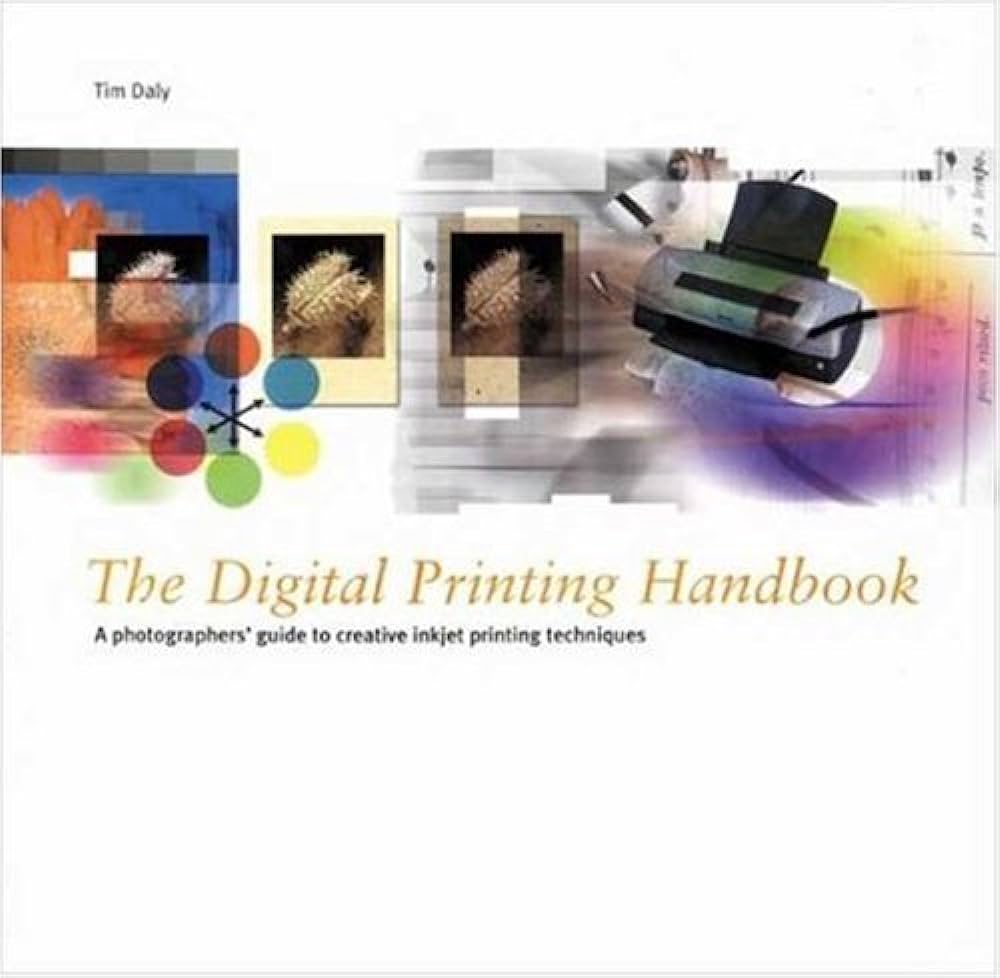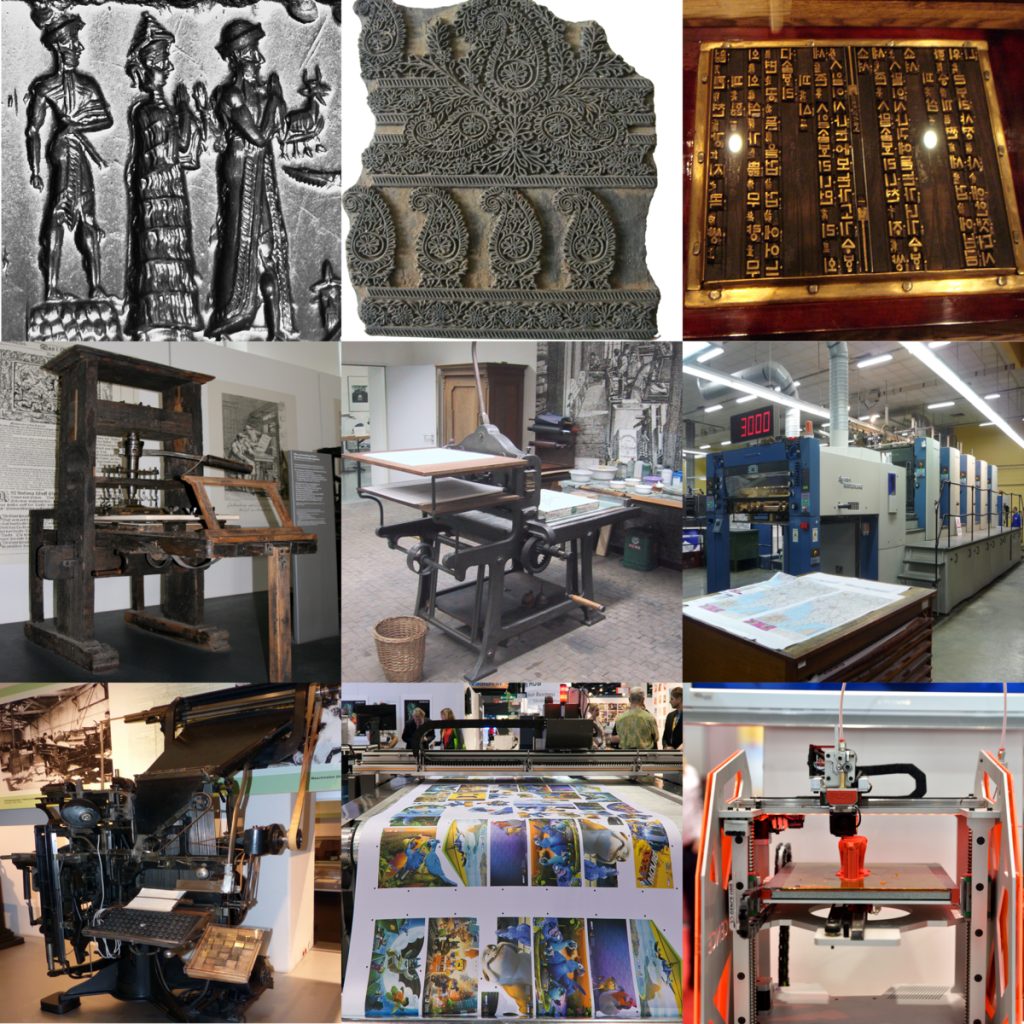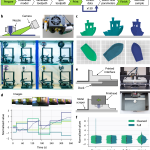Introduction
Are you new to the world of digital printing? Do you want to learn about the various techniques used in this field? Look no further! This beginner’s guide will provide you with a comprehensive overview of digital printing techniques, helping you understand the basics and get started on your own projects.
1. Understanding Digital Printing
Digital printing is a method of reproducing digital images or text on various surfaces such as paper, fabric, or plastic. It involves transferring the digital file directly onto the printing substrate using advanced inkjet or laser technology.
1.1 Inkjet Printing
Inkjet printing is the most common digital printing technique. It uses tiny droplets of ink sprayed onto the printing surface to create the desired image or text. This technique is suitable for both small-scale and large-scale printing projects.
1.2 Laser Printing
Laser printing utilizes laser beams to transfer toner onto the printing substrate. It is known for its high-quality and precise printing results. Laser printers are commonly used in offices and commercial printing environments.
2. Advantages of Digital Printing
Digital printing offers several advantages over traditional printing methods:
2.1 Quick Turnaround Time
With digital printing, you can produce prints in a shorter time frame compared to traditional methods. There is no need for time-consuming setup processes, making it ideal for urgent printing needs.
2.2 Cost-Effectiveness
Digital printing eliminates the need for costly printing plates or screens, resulting in lower setup costs. It is a cost-effective option for small print runs or personalized printing projects.
2.3 Variable Data Printing
One of the significant advantages of digital printing is the ability to personalize each print with variable data. This technique is commonly used in direct mail campaigns or personalized marketing materials.
2.4 High-Quality Output
Digital printing offers exceptional print quality with sharp details and vibrant colors. The advanced technology ensures accurate color reproduction and precise image placement.
Summary
Digital printing has revolutionized the way we reproduce images and documents. Unlike traditional printing methods, which involve physical plates and screens, digital printing relies on digital files to transfer images onto various surfaces. This guide will cover the following digital printing techniques:
- Inkjet Printing: This technique uses droplets of ink to create high-quality prints on a wide range of materials.
- Laser Printing: Laser printers use a laser beam to transfer toner onto paper, producing sharp and precise prints.
- Dye-Sublimation Printing: This technique involves transferring dye onto a substrate using heat, resulting in vibrant and long-lasting prints.
- UV Printing: UV printers use ultraviolet light to cure ink instantly, allowing for printing on unconventional materials and producing durable prints.
By understanding these digital printing techniques, you’ll be able to choose the most suitable method for your specific needs. Whether you’re looking to print photographs, marketing materials, or personalized gifts, this guide will equip you with the knowledge to achieve professional results.

- Q: What is digital printing?
- A: Digital printing is a modern printing method that involves transferring digital images or files directly onto various materials using a digital printer.
- Q: What are the advantages of digital printing?
- A: Digital printing offers several advantages, including faster turnaround times, cost-effectiveness for small print runs, customization options, and the ability to easily make changes or updates to the design.
- Q: What materials can be used for digital printing?
- A: Digital printing can be done on various materials such as paper, cardstock, fabric, vinyl, plastic, and even metal, depending on the capabilities of the digital printer.
- Q: What is the difference between digital printing and traditional printing?
- A: Traditional printing methods involve creating printing plates or screens, while digital printing directly transfers the digital image onto the material. Digital printing also allows for more flexibility in terms of customization and quicker turnaround times.
- Q: What file formats are suitable for digital printing?
- A: Common file formats suitable for digital printing include PDF, JPEG, TIFF, and EPS. It is recommended to consult with the printing service provider for their preferred file format.
- Q: Can digital printing reproduce colors accurately?
- A: Yes, digital printing can reproduce colors accurately, especially when using professional-grade printers and calibrated color profiles. However, it is important to note that color variations may occur due to differences in monitor calibration and the printing material.
- Q: Is digital printing suitable for large print runs?
- A: While digital printing is more cost-effective for small to medium print runs, it may not be as economical for very large print quantities. Traditional printing methods like offset printing are often more suitable for large-scale production.
- Q: Can digital printing be used for promotional materials?
- A: Absolutely! Digital printing is commonly used for creating promotional materials such as business cards, flyers, brochures, banners, and posters. Its flexibility allows for customization and quick turnaround, making it ideal for promotional purposes.
- Q: Are there any limitations to digital

Welcome to my website! My name is David Banfield, and I am a professional Digital Printing Specialist with a passion for all things related to 3D Printing Services, Digital Printing Techniques, Offset Printing Insights, and Design Software Solutions. With years of experience in the industry, I am dedicated to providing valuable information and resources to help individuals and businesses make the most of their printing needs.



